Interactive Music Experiments: Questioning the Role of Musicians in Live Electronic Music
instrument design, sound design
Category: Sound Design, Instrument Design
Year: 2008
In the realm of contemporary live electronic music, the concept of being a musician is undergoing a profound transformation. Buggy Boy (Onur Uzunismail)‘s “Interactive Music Experiments” is a series of explorations that challenge traditional notions of musicianship by utilizing a unique setup consisting of various MIDI devices that control different aspects of a composed piece.
The Setup:
The “Interactive Music Experiments” setup revolves around a central computer that plays the composed piece. Several MIDI devices are connected to the computer, each responsible for controlling specific elements of the composition. These devices are designed to be user-friendly and accessible, allowing both musicians and non-musicians to engage with the piece.
Quantization and Error Mitigation:
One of the key features of the setup is the quantization of user input. By quantizing the data received from the MIDI devices, the system minimizes the impact of non-musical timing errors. This means that even if users make slight timing mistakes, the overall integrity of the piece remains intact. Interestingly, many of the “errors” made by users can be interpreted as intentional arrangement decisions, adding a layer of spontaneity and uniqueness to each performance.
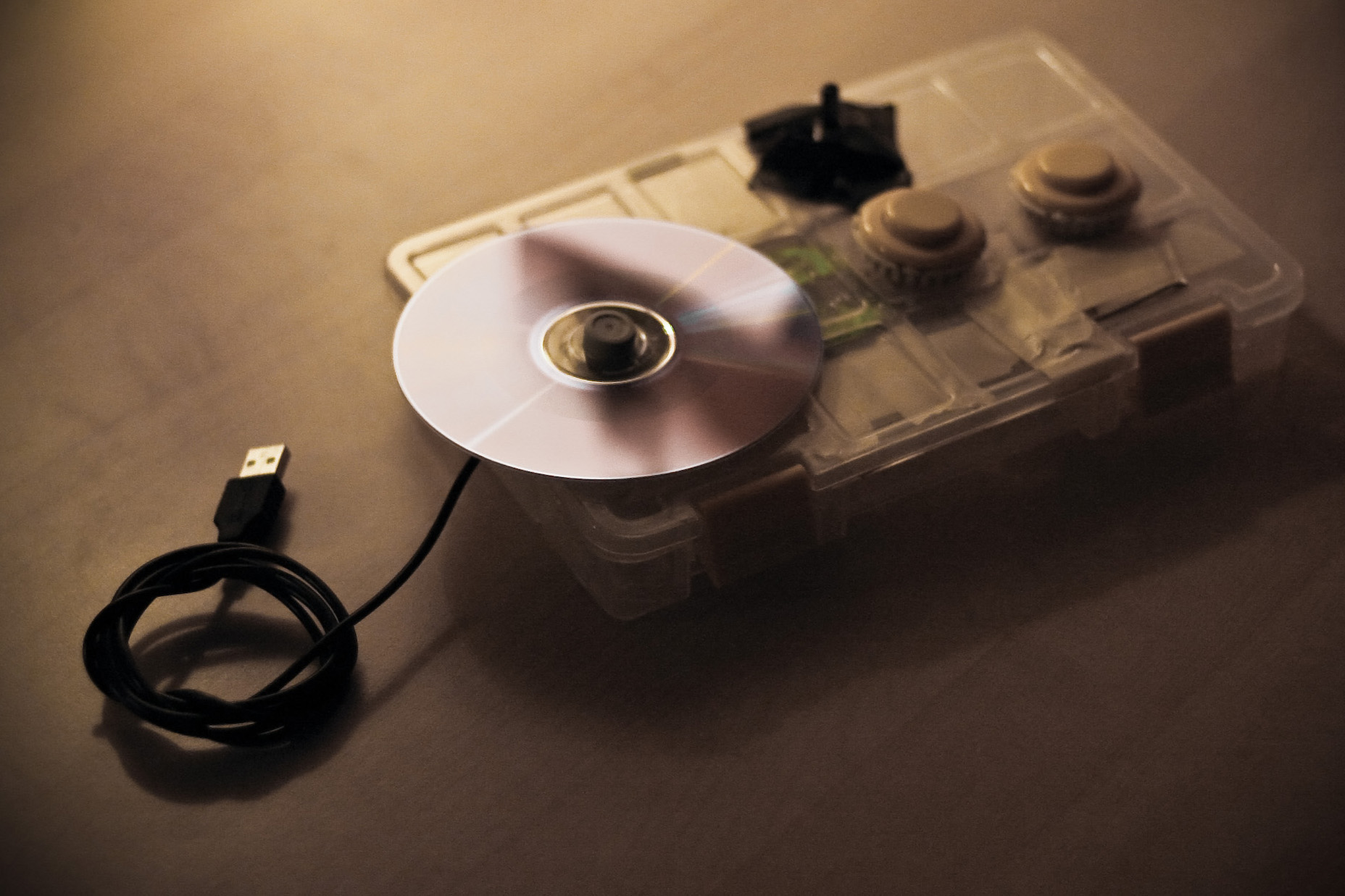
The CDMIDI Controller:
Among the MIDI devices used in the setup, the CDMIDI controller stands out. This controller, adorned with a CD, allows users to play an improvised solo using a connected softsynth. The user’s role is simplified to deciding whether to go up or down in the melody. This raises an intriguing question: “Does someone have to be a musician to play a melodic solo?” The CDMIDI controller challenges conventional notions of musical skill and invites participants to explore the boundaries of improvisation.
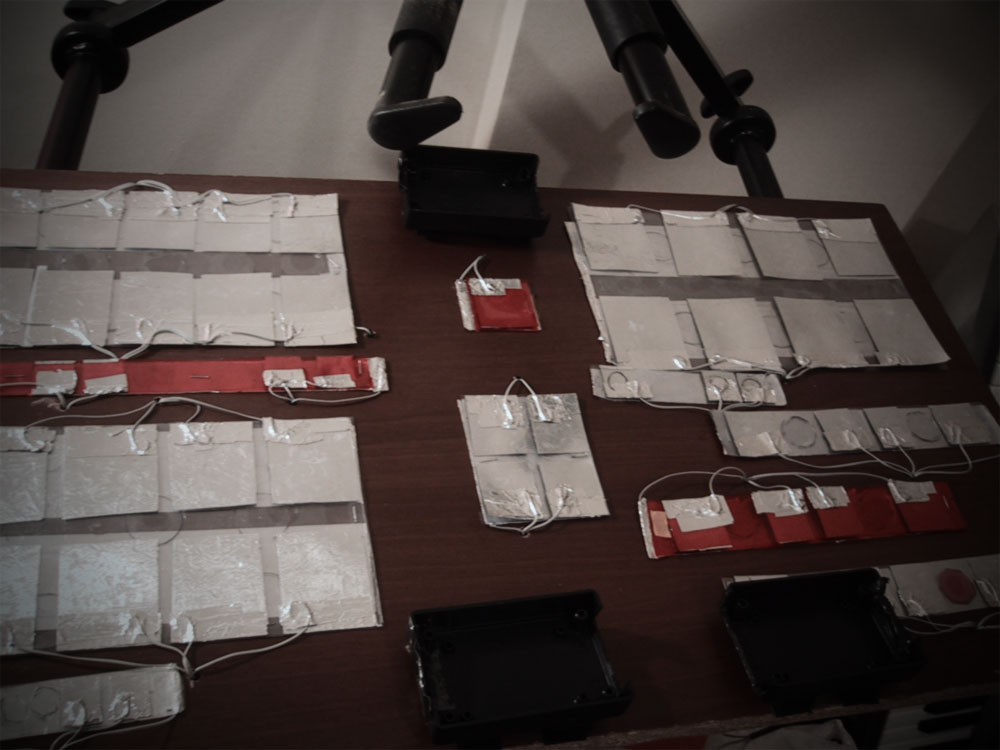
MidiTable:
MidiTable is a large and heavy project designed specifically for one kind of performance. It is a MIDIBOX 64 that sends MIDI on-off messages through 54 highly sensitive buttons and 4 foot switches. The device is divided into six virtual parts: drums, sample 1, sample 2, bass, synth 1, and synth 2. Users can record drums, trigger samples, and record musical phrases using a MIDI keyboard. The first working prototype of the MidiTable was presented in the first of the ‘400 Seconds’ series.
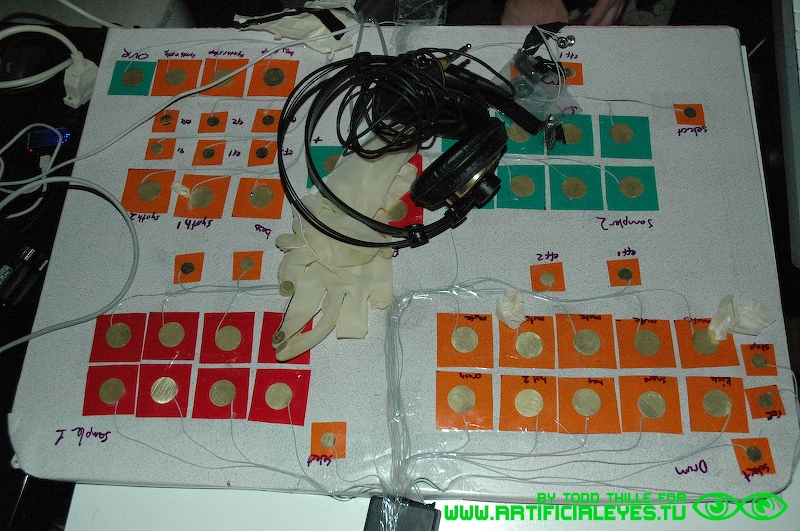
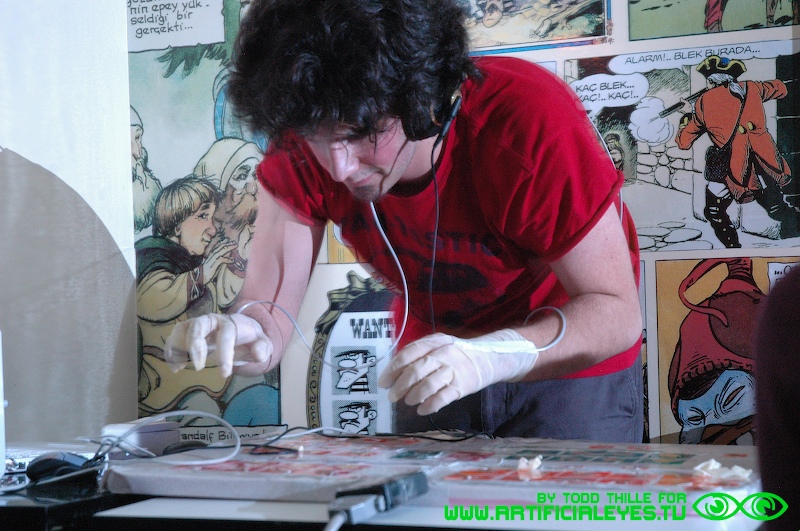
The ‘Sensitive’ Buttons:
Inspired by the operation of silicone and USB keyboards, Buggy Boy (Onur Uzunismail) created sensitive buttons using acetate papers and aluminum foil tape. These buttons mimic touch-sensitive behavior and require the performer to wear special gloves.

Midibox Cassette Player:
The Midibox Cassette Player is Buggy Boy (Onur Uzunismail)‘s first successful MIDI device, housed in a cassette player from the 80s. It features 8 buttons, 2 knobs, and 4 switches, enabling layering of inputs. The buttons send MIDI note on-off events, while the knobs send CC events. In the Interactive Music Experiments, the Midibox Cassette Player controls the drums section, triggering various layers and adjusting delays and reverbs.
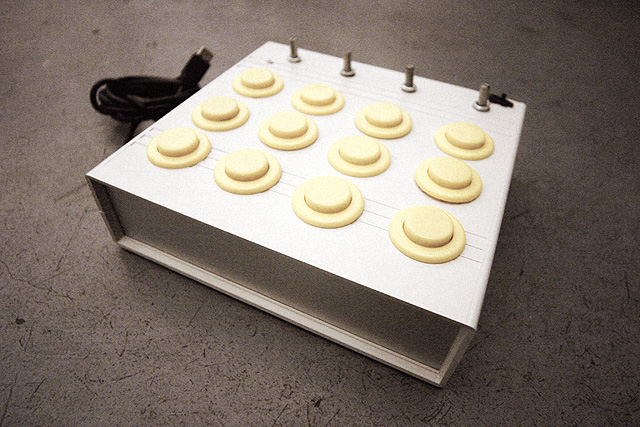
Once a Gamepad - 1:
Once a Gamepad - 1 is a modified USB gamepad housed in a custom case with arcade buttons and knobs. The buttons send MIDI note on-off messages, while the knobs send CC values. In the Interactive Music Experiments, it triggers various layers of the example song, including pads, rhythmic vocal samples, and male vocals. The knobs adjust pitch, starting points, delay, and reverb effects.
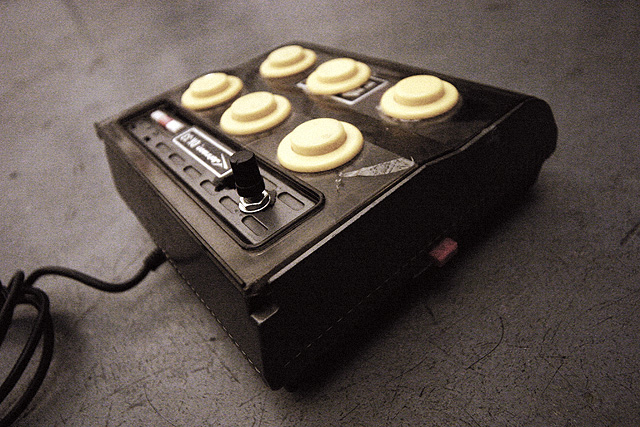
Once a Gamepad - 2:
Once a Gamepad - 2 is another modified USB gamepad housed in an old BETA cassette rewinder. It features six arcade buttons and a knob, designed to limit the performer and dedicate the device to a specific function within the Interactive Music Experiments. However, due to the fragility of the casing, this device was never used in the experiments.
Video Demonstrations:
To showcase the potential of the “Interactive Music Experiments,” Buggy Boy (Onur Uzunismail) has created two captivating video demonstrations. In “Interactive Music Experiments 1,” musicians engage with the setup, demonstrating how the MIDI devices can be used to create dynamic and collaborative performances. On the other hand, “Interactive Music Experiments 2” features a group of non-musicians jamming with the setup, highlighting the accessibility and inclusivity of the system. Both videos provide compelling evidence that the “Interactive Music Experiments” setup succeeds in blurring traditional lines between musicians and non-musicians.
Buggy Boy (Onur Uzunismail)'s "Interactive Music Experiments" challenges traditional notions of musicianship in the context of live electronic music. By utilizing a setup that combines quantization, user-friendly MIDI devices, and a central computer, the experiments invite both musicians and non-musicians to actively participate in the creation and arrangement of a composed piece. The CDMIDI controller, in particular, raises thought-provoking questions about the nature of musical skill and the role of improvisation. Through these experiments, Buggy Boy (Onur Uzunismail) encourages us to reconsider the boundaries of musical expression and the potential for inclusive, interactive performances in the digital age.